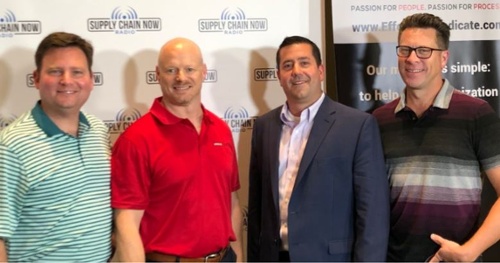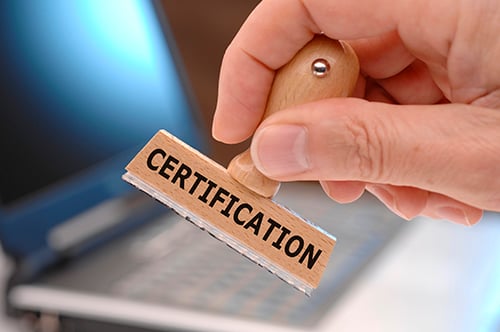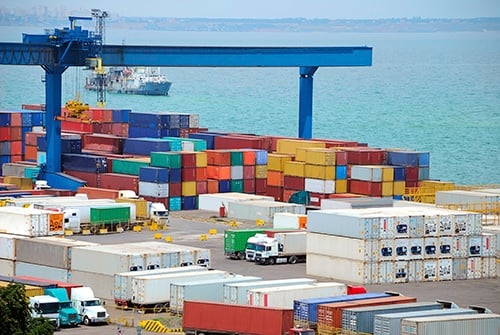As IATF 16949:2016 reaches its three-year anniversary, auditors with an active AIAG Supplier Auditor Certificate will need to renew their certificates before they expire. To make that renewal process as quick and painless as possible, AIAG is now offering an AIAG IATF 16949:2016 Supplier Auditor Recertification Exam,* allowing current holders of an AIAG Supplier Auditor Certificate to renew their certificate without taking the three or five day class.
Read MoreFCA’s Marc Brazeau: ‘In an Automotive Supply Chain, Diversity of Thought Drives Better Decisions’
Marc A. Brazeau was appointed head of logistics for FCA US LLC in July 2017. In this position, he is responsible for logistics and transportation activities to support the entire FCA US manufacturing footprint, including shipment of finished vehicles, inbound transportation of manufacturing parts and materials, and operating FCA Transport, the FCA US-owned truck fleet.
Read MoreAmerican Honda’s Mark Hirzel: ‘You Have to Pace Yourself in the CTPAT Rollout Marathon’
Mark Hirzel brings over 30 years of customs brokerage and logistics experience to his position as export manager-customs in the Trade Services department of the Finance division for American Honda Motor Company. After earning his individual customs brokerage license in 1989, Hirzel held a variety of operational, compliance, and management positions in the customs brokerage and freight-forwarding industry.
Read MoreLast month, for the third year in a row, AIAG collaborated with the South Carolina Automotive Council (SCAC) to bring automotive supply chain programs and messaging to a new audience – the southeastern U.S. region – during the 2019 AIAG/SCAC Supply Chain and Quality Conference.
Read MoreAs IATF 16949:2016 reaches its three-year anniversary, auditors with an active AIAG Supplier Auditor Certificate will need to renew their certificates before they expire. To make that renewal process as quick and painless as possible, AIAG is now offering an AIAG IATF 16949:2016 Supplier Auditor Recertification Exam.*
Read MoreCustoms Town Hall Keynoter Pete Mento will talk about how export controls are going to tighten, the role of cybersecurity in international trade, and why automakers need contingency plans for things that they didn’t need before.
Read More
America’s Ports: Propelling the Economy
Ports are a vital part of America's critical transportation infrastructure and the keystones of a strong economy — connecting rural American farmers, manufacturers, workers and consumers to the global market place.
Read More
Consider upcoming LPA training at AIAG to improve quality metrics, customer satisfaction and profits by getting more work elements right the first time.
Consistently meeting or exceeding the requirements set by your company, customers and quality standards is critical in the automotive industry. These criteria are in place for a reason and failing to adhere to these standards results in inflated scrap and rework costs, increased customer complaints, audit findings and preventable costly quality incidents. So, how do you ensure process requirements are met the first time around?
Read More
In partnership with NQC, a global leader in cyberthreat detection, AIAG has launched a new Supply Safe™: Cyber Initiative in support of industry efforts to protect shared data throughout the supply chain.
Read MoreAs previously announced, AIAG and the South Carolina Automotive Council (SCAC) are partnering for a third year on their highly successful Supply Chain and Quality Conference. Scheduled for September 12 – 13, 2019, at the Trident Technical College in North Charleston, South Carolina, this unique and dynamic event covers the most relevant topics in supply chain and quality and is designed to benefit automotive companies of all sizes.
Read More










